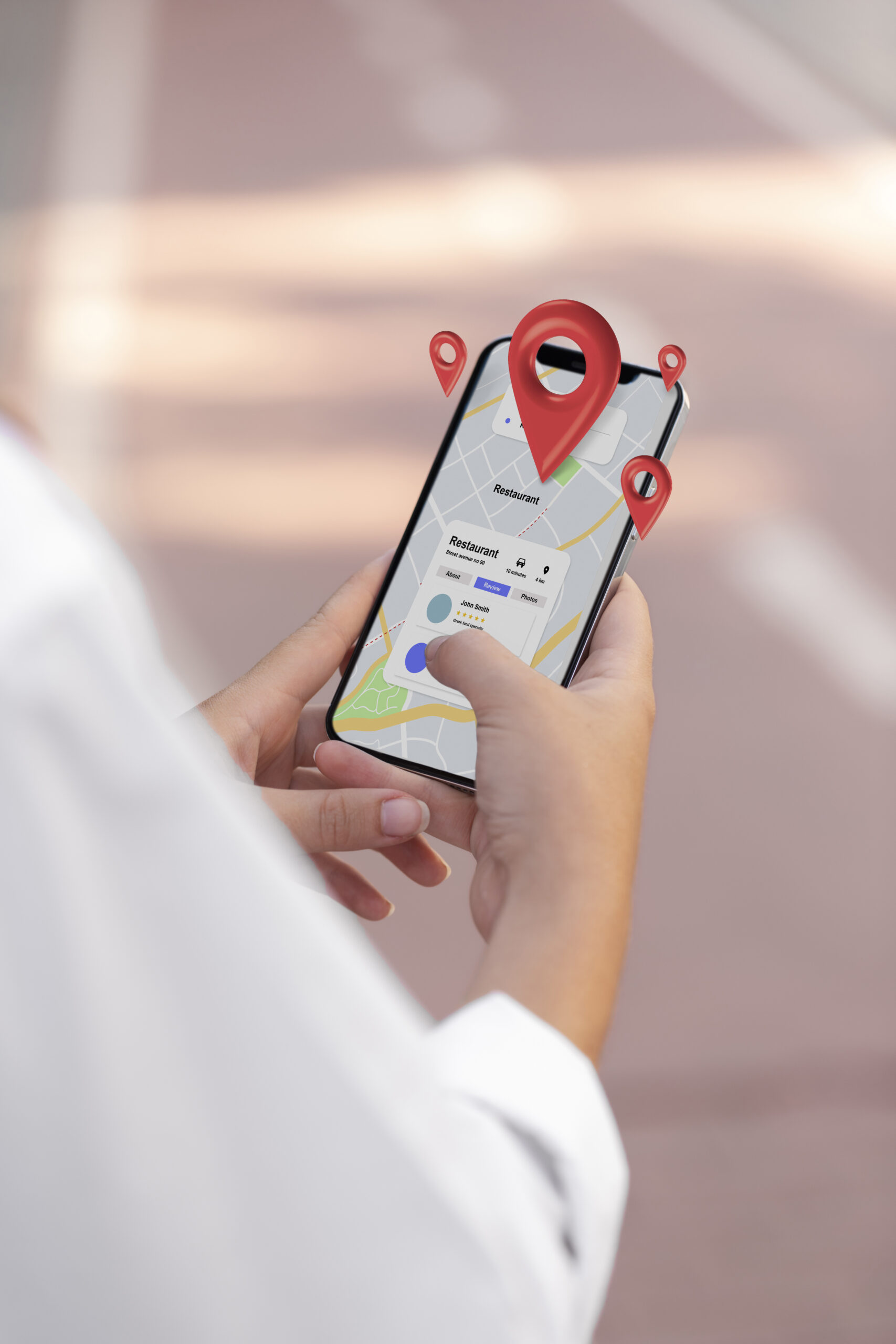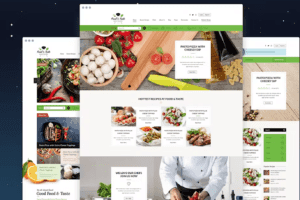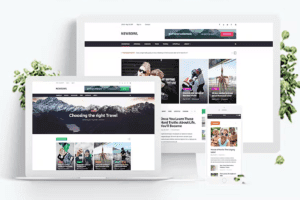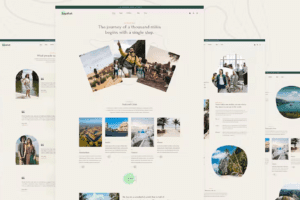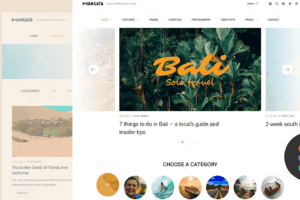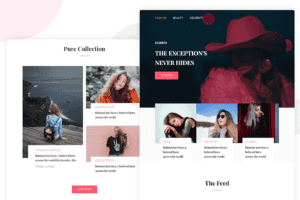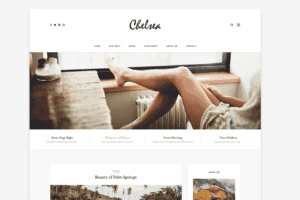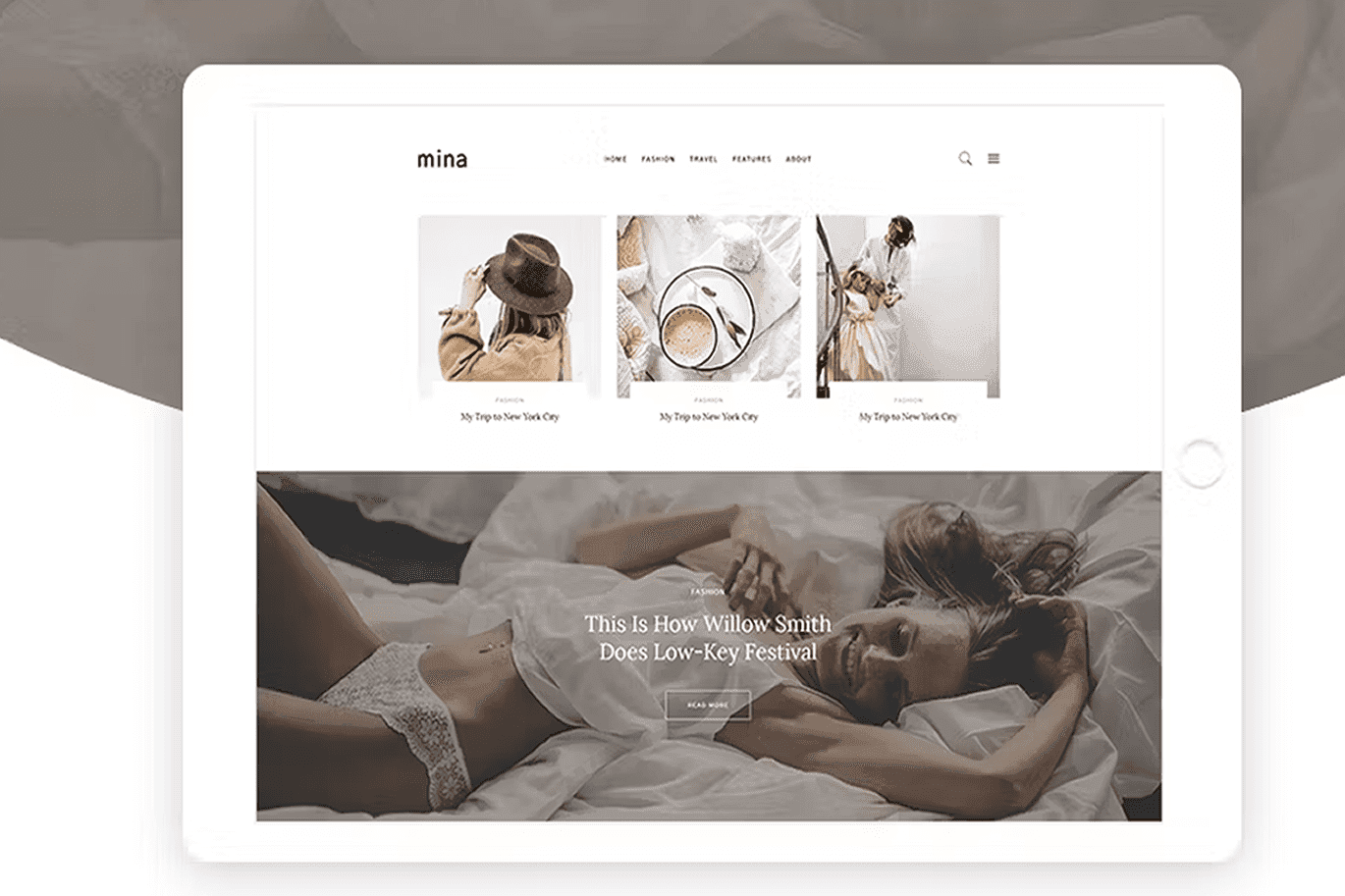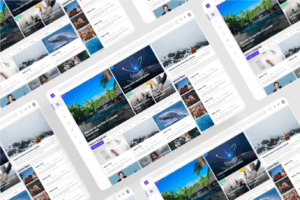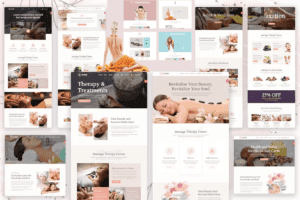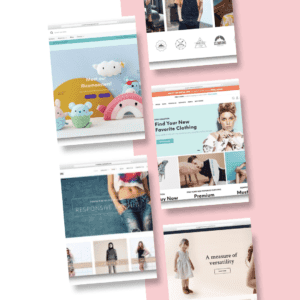Logo Design has come a long way from its humble beginnings as a simple mark to identify a brand. In today’s digital age, logo trends are constantly evolving, influenced by changing design aesthetics, technological advancements, and shifting consumer preferences. Understanding these trends and best practices is imperative for creating a successful logo that resonates with your target audience and effectively communicates your brand’s message. Let’s probe into the fascinating journey of logo design evolution, explore the latest trends, and uncover the best practices for creating timeless and impactful logos.
The Historical Journey of Logo Design
Origins and Early Design
To truly understand the evolution of logo design, we must first take a look at its origins and early forms. Designing marks to represent individuals, businesses, and organizations dates back centuries. Ancient civilizations such as the Egyptians, Greeks, and Romans used symbols and emblems to distinguish their possessions and communicate their identity. These visual representations evolved over time, with craftsmanship and artistry playing a significant role in their creation.
As society progressed, medieval craftsmen and artisans began using trademarks and watermarks on their products to establish authenticity and ownership. The Industrial Revolution further propelled logo design, with businesses adopting unique symbols to differentiate themselves in a crowded marketplace. The birth of branding as we know it today can be traced back to these early developments, setting the stage for the modern era of logo design.
Major Shifts in the 20th Century
An integral moment in the evolution of logo design occurred in the 20th century, particularly with the rise of corporations and mass consumerism. As businesses sought to create distinct identities and build brand loyalty, logos became central to their marketing strategies. The 1900s saw a shift towards more simplified and iconic designs, moving away from intricate emblems to clean, memorable symbols.
Innovations in printing and advertising technologies also influenced logo design, allowing for greater experimentation with colors, typography, and visual elements. The iconic logos of global brands such as Coca-Cola, Nike, and Apple emerged during this period, demonstrating the power of a well-crafted visual identity in capturing consumer attention and fostering brand recognition.

Analyzing Logo Design Trends
Some say that logo design trends are constantly evolving, shaped by technological advancements, cultural influences, and the ever-changing tastes of consumers. Keeping up with these trends is crucial for designers and businesses alike to stay relevant and competitive in today’s fast-paced market.
The Digital Age and its Impact
One of the key drivers of change in logo design trends is the advent of the digital age. With the rise of social media and digital platforms, logos now have to be versatile enough to be effective across various devices and screen sizes. This shift has led to the simplification of logo designs, with an emphasis on clean lines and minimalistic elements that can easily translate in both print and digital formats.
Another impact of the digital age on logo design is the importance of creating a memorable and unique logo that stands out in the crowded online space. Logos need to be instantly recognizable and make a strong impression on viewers within seconds to capture their attention in today’s highly competitive digital landscape.
Current Trends in Logo Design
Logo design trends in today’s landscape often revolve around simplicity, versatility, and scalability. Clean and minimalistic designs are preferred, with a focus on bold typography, geometric shapes, and monochromatic color schemes. This approach ensures that logos remain timeless and adaptable to different platforms and marketing materials.
Logo designers are also exploring new ways to incorporate aspects of nostalgia and retro design elements into modern logos. By combining vintage aesthetics with contemporary design techniques, brands can create a sense of familiarity and evoke emotional connections with their audience, tapping into the power of nostalgia to drive brand loyalty and engagement.
Best Practices in Modern Logo Design
Simplicity and Memorability
Nowadays, the key to a successful logo design lies in simplicity and memorability. One of the most important aspects is to create a logo that is easily recognizable and can be quickly recalled by customers. A simple logo not only stands out in a cluttered market but also leaves a lasting impression on the viewer’s mind.
By focusing on simplicity, designers can communicate the essence of the brand effectively. A minimalistic approach helps in creating a timeless design that can adapt to different marketing platforms and sizes without losing its impact. Note, some of the most iconic logos in the world are the simplest ones.
Versatility and Timelessness
One of the crucial elements in modern logo design is ensuring versatility and timelessness. The logo should be versatile enough to work across various mediums such as print, digital, merchandise, and more. It should maintain its integrity and readability whether it’s scaled down on a business card or blown up on a billboard.
The key to a successful logo that stands the test of time is its ability to remain relevant regardless of design fads and trends. A timeless logo doesn’t need frequent updates but can evolve subtly over the years to stay relevant. It should reflect the core values and identity of the brand for years to come.
Designing a logo that is both versatile and timeless requires a deep understanding of the brand, its target audience, and industry trends. By incorporating these elements into the logo design process, designers can create a visual identity that not only resonates with the brand’s values but also captivates the audience for years to come.

Future of Logo Design
Predicting Upcoming Trends
Upcoming logo design trends are always a subject of interest in the design world. As technology advances and consumer preferences evolve, designers need to stay ahead of the curve to create logos that resonate with target audiences. One trend that is expected to continue gaining traction is minimalist design. Simple, clean, and memorable logos have a timeless appeal and work well across various platforms and applications.
Another anticipated trend is the use of versatile logos that can easily adapt to different mediums and sizes. With the increasing need for logos to be scalable for digital formats, such as social media profiles and mobile apps, designers are focusing on creating logos that maintain their integrity regardless of where they are displayed.
Innovations in Design Technology
One of the most exciting developments in logo design is the integration of artificial intelligence (AI) and machine learning algorithms. These technologies can analyze vast amounts of data to identify patterns and predict design trends, helping designers make more informed decisions. AI can also assist in creating personalized logos based on a brand’s values and target audience, streamlining the design process.
One notable advancement in design technology is the use of virtual reality (VR) and augmented reality (AR) in logo design. Designers can now create immersive experiences where logos come to life in three-dimensional spaces, offering a unique way for brands to engage with their customers. This interactive approach to logo design opens up new possibilities for storytelling and brand communication.
This innovative use of design technology is reshaping the way logos are conceptualized and executed, giving designers the tools they need to push the boundaries of traditional logo design and create remarkable brand identities that stand out in a competitive market.
To wrap up
With this in mind, it is evident that logo design has come a long way, evolving with design trends and technological advancements. By understanding the history, latest trends, and best practices, designers can create impactful and memorable logos that effectively communicate a brand’s identity. Embracing simplicity, versatility, and scalability, along with staying true to a brand’s values and target audience, are key elements to consider when designing a logo. By following these guidelines and continuously adapting to the ever-changing design landscape, designers can create timeless logos that resonate with consumers for years to come.
also read: Navigating the Design Process – What to Expect When Working with a Designer


